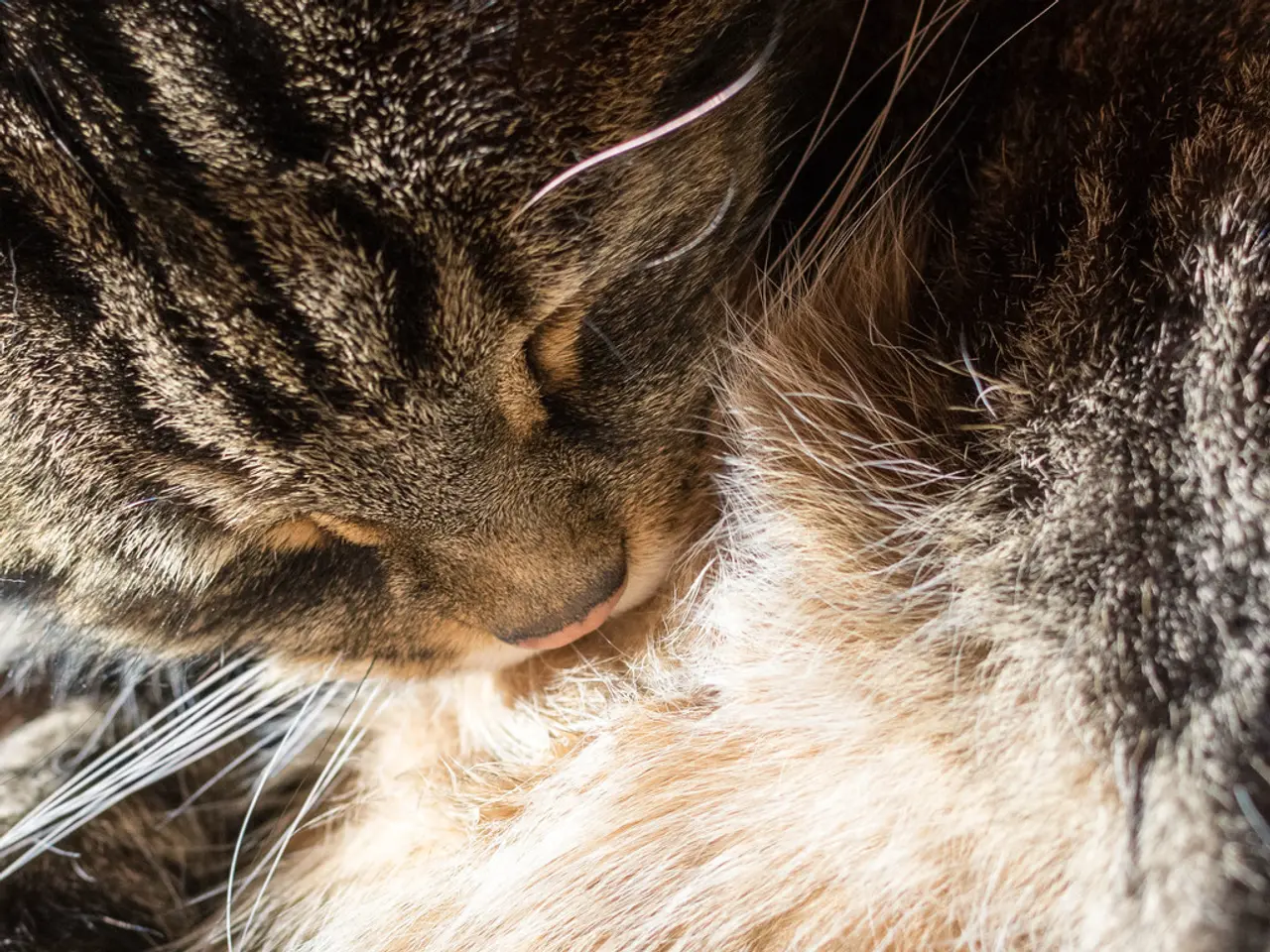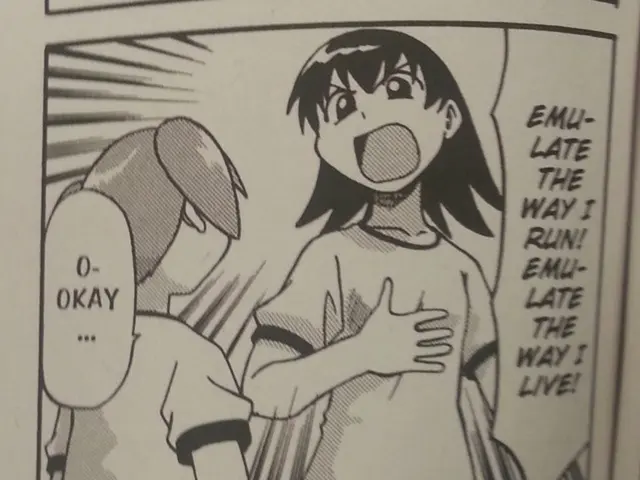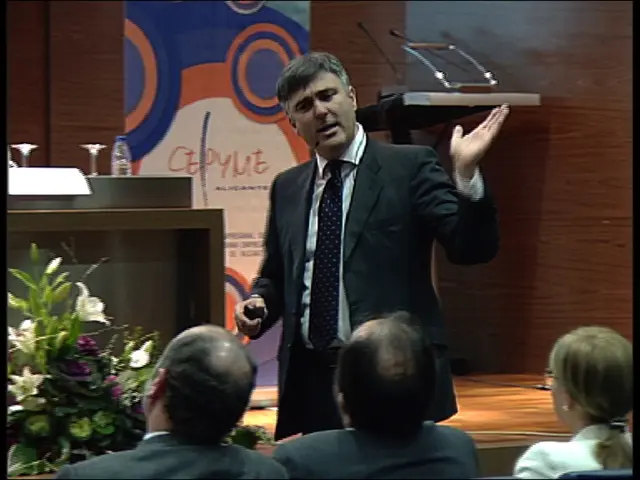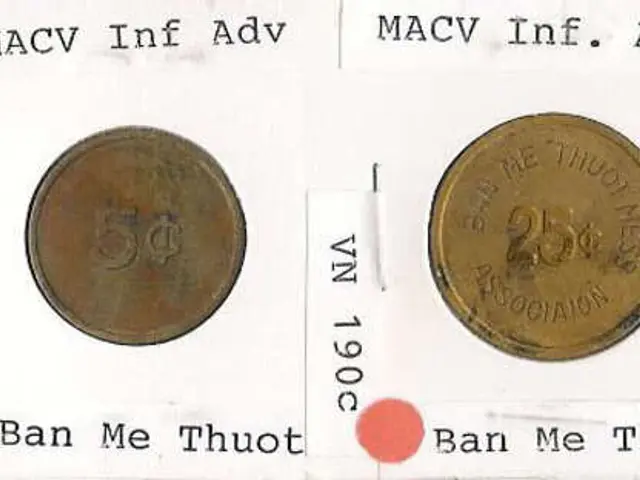Feline Nasal Polyps: An Examination by Emily Swiniarski, DVM, Published on 12/02/2024
Nasal polyps, while not fully understood, are a common issue in the feline world. These abnormal fleshy growths develop in the nose and throat region of cats, causing a range of symptoms that can impact their quality of life.
The exact cause of nasal polyps in cats remains a mystery, with theories ranging from upper respiratory diseases, feline retroviruses, bacterial infections, chronic rhinitis, and genetics. Despite the unknown origin, it's crucial for cat owners to be aware of the symptoms and seek prompt veterinary care.
Symptoms of nasal polyps in cats can be quite noticeable. A very stuffy nose, sneezing, open-mouth or heavy breathing, loud breathing that sounds like snoring, difficulty swallowing, difficulty breathing, discharge from the nose or eyes, and persistent congestion and loud breathing are all signs that might indicate the presence of nasal polyps.
Diagnosing nasal polyps requires anesthesia, as a thorough examination of the nasal cavity is necessary. Once diagnosed, treatment options primarily include anti-inflammatory medications such as corticosteroids to reduce inflammation and polyp size. In some cases, surgical removal may be necessary if medication proves insufficient.
Post-surgery, several weeks of steroid treatment, such as Prednisolone (or prednisone), may be prescribed to help reduce the risk of recurrence. It's important to note that nasal polyps can recur, particularly if the stalk of the polyp remains after a vet removes the growth.
Nasal polyps often go hand in hand with secondary bacterial infections in cats. Antibiotics may be prescribed to treat the infection, reduce inflammation, and help the cat breathe comfortably. Providing steam showers or using a nebulizer filled with sterile saline solution can also help reduce congestion and ease a cat's recovery.
It's essential to remember that, at present, there is no way to prevent nasal polyps in cats as the cause is unknown. However, seeking treatment from a veterinarian for upper respiratory infections that worsen or linger can help avoid prolonged inflammation.
The cost of cat nasal polyp surgery can vary significantly, depending on the complexity of the procedure. Using traction for removal is a quick procedure that typically costs a few hundred dollars, while advanced surgery involving rhinoscopy can cost thousands of dollars and require a specialist.
Nasal polyps in cats tend to occur most often in young cats around the age of one year, but can also develop in cats as young as three months of age and much older.
In conclusion, while nasal polyps in cats can pose a challenge, understanding their symptoms, treatment, and potential causes can help cat owners make informed decisions about their pet's health. Always consult with a veterinarian for proper diagnosis and treatment.
Read also:
- Peptide YY (PYY): Exploring its Role in Appetite Suppression, Intestinal Health, and Cognitive Links
- Toddler Health: Rotavirus Signs, Origins, and Potential Complications
- Digestive issues and heart discomfort: Root causes and associated health conditions
- House Infernos: Deadly Hazards Surpassing the Flames








